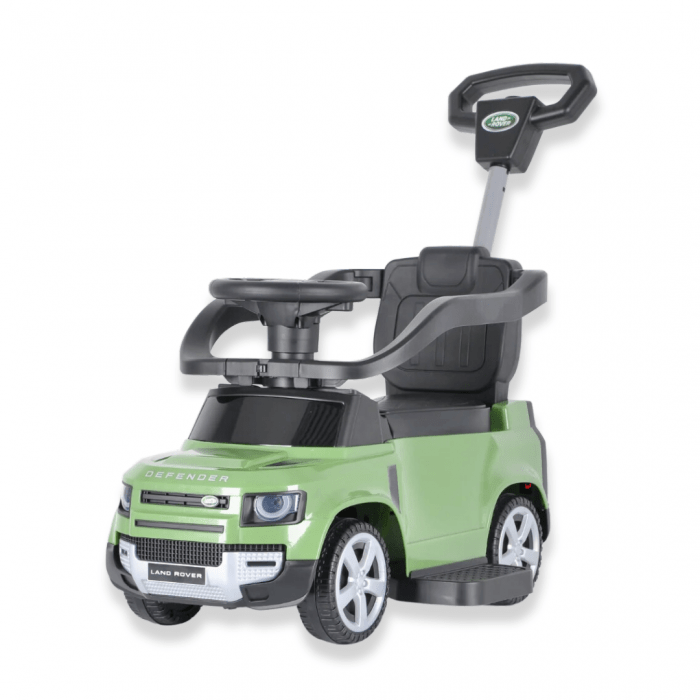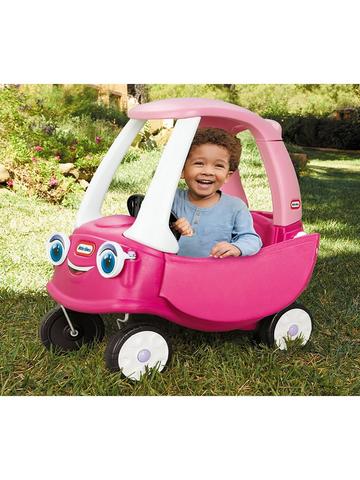Good Reasons On Picking Kids Cars
Wiki Article
What Are The Things To Look For When Buying A Ride-On Vehicle For Toddlers?
It's important to consider the age, size and developmental stage of your child when choosing an appropriate ride-on car. This will ensure they're secure and have fun with the ride. Be aware of these things:
The ride-on vehicle should be designed specifically for the age of your toddler. They typically have the stability of a low-to-the ground design as well as easy-to-use controls. simple features such as steering wheels, buttons or levers. Select a ride-on vehicle that have a large base to ensure maximum stability and to decrease the chance of falling over.
Children older than (3or more years old) - As children grow older, they are able to handle more sophisticated ride-on vehicles with added options and features. Find cars with adjustable seats, greater weight capacities and interactive features such as working lights, music and sounds. Find ride-on vehicles with the ability to adjust speed or parental controls to accommodate various skill levels and ensure safety.
Size -
Height and weight Height and Weight and weight into consideration when choosing a ride-on car. Choose a car whose seating size and weight is suitable for your child. Avoid buying cars that are too large or small as they can cause discomfort or danger to ride.
Comfort and legroom Ensure your child has plenty of room to sit comfortably in the car. Check that the seat space is appropriate to your child's.
Developmental Stage
Motor Skills: When selecting the ride-on vehicle for your child make sure you consider your child's coordination skills and their motor abilities. Children older than them may be able to operate more sophisticated control systems and interactive features while toddlers younger than them may require simpler controls.
Confidence and Independence The use of ride-on cars can foster independence and confidence for children as they learn to navigate and control their own car. Pick a car that allows your child the chance to build their motor skills as well as confidence, by practicing driving, acceleration, and braking independently.
Interest and Engagement when choosing a child's ride-on, consider the interests and preferences of your child. Choose a car that is themed, features colors, or has features that your child will love regardless of whether it's an old-fashioned car. a sportscar, a truck, a cartoon character or other.
If you take into consideration your child's age, size, and developmental stage You can select an ride-on vehicle that's secure, comfortable, and engaging that will offer hours of entertainment and learning opportunities for your child as they play and explore. Take a look at the top rated Lamborghini kids car for more examples including cars pedal car, childrens digger, toy car for car, childs electric ride on car, ride ons, toy cars, toy with car, ride on digger, ride of car, toy in car and more. .

What Kinds Of Features And Accessories Are Available For The Ride-On Car?
There are many features included in ride-on vehicles. They include accessories and features that enhance the experience and realistic for kids. These are some common features and accessories available on ride-ons:
Some ride-on vehicles come with headlights that illuminate the roadway ahead. This adds realism to the experience and increases visibility when driving at night or in dark areas.
Horn Sounds -
The ride-ons usually include a horn that can be pressed as well as the steering wheel that emits a loud horn sound. This lets children pretend to drive an actual car and warn other children.
MP3 Player Compatible -
Some ride on cars have MP3 compatibility. Children can connect portable music devices through an auxiliary input port, or USB port. The ride-on cars can be enhanced by listening to the children's most loved songs.
Realistic Engine Noises -
Sound effects can be added to ride-on vehicles that simulate realistic engine sounds such as revving sounds or acceleration sounds. This enhances the driving experience for children and allows them to feel as if they are driving a real vehicle.
Remote Control
Certain ride-on cars come with a parental remote control that lets parents operate the car remotely, providing supervision and assistance when needed. Parents can control the speed of the car or steer it, as well as stop it remotely. They'll be able to rest of mind.
Seat Belts -
A majority of ride-on cars have safety harnesses or seat belts that keep the child safe in the seat, offering an added layer of safety and also preventing the child from falling out of the seat during play.
Working Doors -
A variety of ride-on cars have doors that are functional that can be quickly closed and opened. They allow children to leave or enter the vehicle swiftly and with ease.
Storage Compartment
Some ride-ons have storage compartments, or trunk, where children can store their toys as well as snacks and other items. These features provide versatility and convenience to the game.
Adjustable Seats -
Some ride-on cars have seats that are adjustable, and can be shifted forward or backwards to accommodate children of different heights or allow for more legroom when they expand.
Remote Emergency Stop Buttons
Alongside the remote control, a few ride-on cars also come with the emergency stop button controlled remotely. Parents can utilize this feature to stop their car in the event of an emergency or in danger.
The features, accessories, and other components contribute to the overall fun real-life, safety, and enjoyment of ride-on cars. Children can play imaginatively and experience exciting experiences while driving. See the top click here on Lamborghini kids car for site recommendations including two seater electric cars, toy the car, childrens electric ride on, race car toy, ride on digger, pedal car, kidscars, ride on car, two seater childrens electric cars, toy in car and more. .

What Remote Control Options Are There For Kids' Cars? What Are Some Of The Pros And Cons?
Remote control cars for children are also referred to as RC cars, or remote-controlled vehicles are available in different dimensions and styles. They also come in a variety of price ranges to suit various budgets and preferences. Here's an overview of the varieties, sizes, costs, pros, and cons of remote controlled cars for children - Types of Remote Control Children's Cars
Electric RC Cars - Battery-powered remote-controlled cars that can be used for indoor and outdoor use. They are available in various designs, including buggies and trucks.
Nitro RC Cars – Gas powered remote controlled cars which have better performance but require more care. They are generally larger and more expensive than an electric RC car.
Scale Models Remote-controlled replicas of real-life vehicles such as trucks, cars, aircrafts, and boats. The sizes of scale models range between 1-10 and 1--24. Larger models have more detail and more realistic.
Sizes -
The sizes of remote-controlled vehicles for children range from tiny miniature versions to larger-scale replicas. The size of the vehicle can affect the performance, speed and the handling capabilities.
Micro-sized cars are small and light, and therefore ideal for indoor use and play by children who are younger. Models with larger scales offer more power and durability and are therefore ideal for off-road or outdoor racing.
Prices are
The cost of a remote control car for children varies depending on the size and features, the manufacturer, and the build quality.
Small electric vehicles can be bought for between $20 and $100, and larger electric or nitro-powered RCs may cost between $100 and $500 or more.
Scale models and top-quality hobby grade RC cars range from several hundred dollars up to a thousand dollars, depending on the amount of performance and detail.
The pros and cons of -
Pros -
Children and adults can enjoy the fun and excitement of remote-controlled cars.
Skill Development - Operating an RC car assists children in developing hand-eye coordination, spatial awareness, and problem-solving skills.
Social Interaction RC cars can be enjoyed with families and friends, encouraging the social aspect and cooperation.
Customization - Many RC vehicles can be upgraded with upgrades and accessories, which will improve their performance as well as appearance.
Cons
Cost - A high-quality model that comes with the latest features could be costly, particularly hobby-grade models.
Learning Curve: Operating a RC vehicle requires practice and skill. Children who are younger may find it difficult to control the controls.
Maintenance – RC vehicles require regular maintenance. This includes cleaning, lubrication, as regular repairs and replacements of parts.
Safety concerns RC automobiles pose a security risk, and can cause electrical hazards, collisions and falls if not used under supervision by an adult.
Children of all ages will love remote-controlled cars. However, it is important to consider things like the cost, size, and safety before choosing the best model. Hobby-grade RC cars are better for children who are older and more enthusiastic and simpler models are better for younger and novice children. See the recommended JCB ride on toys kidscars.co.uk tips for blog examples including childrens ride on, ride of car, childs electric ride on car, a toy car, race car toy, toy with car, childrens digger, a toy car, lambo toy car, electric car ride and more. .
